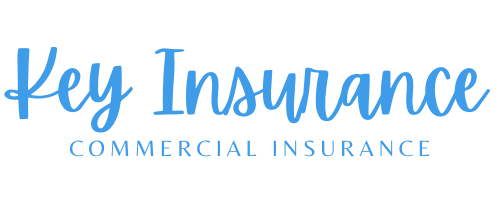Life Insurance Policies
Protect what’s important & give peace of mind. Life Insurance is the payment of a stipulated amount upon the death of the insured to named beneficiaries. In common terms, life insurance is the insurance on the life of a person. If a person dies, (the Insured) beneficiaries (family, charities, businesses, others) get paid a set amount of cash that is specified in the life insurance policies. Insurance for life is available both personally and commercially.
Life Insurance
Protect what’s important & give peace of mind.
Life Insurance is the payment of a stipulated amount upon the death of the insured to named beneficiaries. In common terms, it is the insurance on the life of a person. If a person dies, (the Insured) beneficiaries (family, charities, businesses, others) get paid a set amount of cash that is specified in the life insurance policy.
There are several types of life insurance policies available as well as several types of riders or policy additions you can add. The two most common types of are whole life and term life.
Whole Life Insurance
Is considered permanent insurance, it is a type of life insurance that has a face amount or guaranteed death benefit as well as cash value. The longer you have the policy, the greater the cash value. The whole life policy will continue to grow in cash value until the insured reaches the age of 100. At age 100 the policy is said to mature or endow and the cash value is then equal to the face value of the policy. The cash value of a whole life policy is considered a living benefit that can be used to obtain policy loans or retirement income. All whole life policies have 4 common characteristics.
- Face Amount – This remains constant throughout the duration of the policy period.
- Cash Value – The policy may be surrendered at any time for cash value. The insured is also guaranteed to be able to borrow from the policy by using the cash value as collateral for the loan.
- Premiums – Remain the same throughout the premium payment period.
- Maturity or Endowment – Occurs at age 100 on all whole life policies.
There are also 3 ways to pay for a whole life policy:
- Single Pay – The entire policy premium is paid at once. It is the least expensive if the insured lives a long time and the most expensive if the insured dies early.
- Continuous Pay – Premiums are paid until death or age 100. This is the least expensive if the insured dies early and the most expensive if the insured lives to age 100.
- Limited Pay – Premiums can be paid throughout a specific period of time only. For example, you can pay 10 paid life, which means over the period of 10 years your policy is paid for, 20 pay life which means over a 20 year period you pay for your policy or life paid up at 65 so at the age of 65, your policy is paid for entirely.
Term Life
Term life is pure protection for a specific period of time without gaining cash value. Term life provides the most value for the lowest cost. It provides protection for death only.
There are three types of term life insurance policies.
- Level Term – The face value or death benefit and the premiums remain constant throughout the life of the policy
- Increasing Term – The face value increases throughout the life of the policy, but the premiums stay the same.
- Decreasing Term – The face value decreases throughout the life of the policy but the premiums stay the same.
Types of Life Insurance
- Insurance for Term Life
- Decreasing Term Life Insurance,
- Increasing Term Life Insurance,
- Level Term Life Insurance
- Insurance for Whole Life,
- Insurance for Group Life,
- Insurance for Variable Life,
- Insurance for Universal Life,
- Key Man/Key Person Insurance,
- Annuities
- Fixed Annuity
- Variable Annuity
- Equity Indexed Annuity
- Funeral & Burial Insurance,
- Insurance for Mortgage Life,
- Insurance for Credit Life
